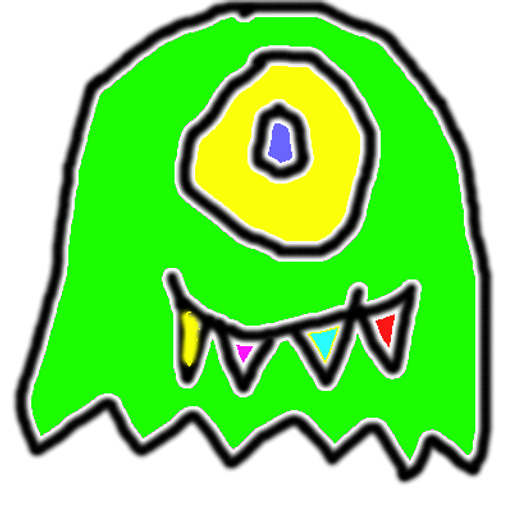

Photographs from that day were never found. She covered the Republican offensive solo in Brunete in July 1937, where she was crushed by a Loyalist tank during the retreat. That summer, Taro had begun to journey out alone, though Capa warned her to be careful. However, a large portion of her work was incorrectly published under Capa’s name. She used a Rollei camera, which rendered square pictures, while Capa used a Leica.

Within a year, Capa was famous for his documentation, and Taro began to surface as an independent photographer in her own right. They documented Spanish refugees in Almeria and Mucia, among other aspects of war. The two traveled to Barcelona to cover the Spanish Civil war together as a team when it broke out in 1936. She then went to Paris, where she fell in love with Robert Capa, a Hungarian photojournalist - previously called Andre Friedmann - who taught her photographic technique. Gerda Taro, born Gerta Pohorylle, escaped Germany in 1933 after being detained for distributing anti-Nazi propaganda. She is considered by many as the first female photojournalist to cover a war, as well as the first to die doing so. Though she died at just 26, Taro made a name for herself covering the Spanish Civil War. On what would have been her 108th birthday, Google honored pioneering war photographer Gerda Taro in its daily doodle.


 0 kommentar(er)
0 kommentar(er)
